More Beautiful Birds of Queenswood
Friday 11 December 2020
Following on from last week's article, Miss Langdon - Visa Coordinator at Queenswood, shares the second part of her tribute to some fabulous feathered friends - the beautiful birds of Q.
Ground Feeding Visitors
There are a number of species who take advantage of feeders by catching all the bits and pieces that fall from above. They are not quite brave or agile enough to venture onto the feeders but they are still taking advantage of the food store. The ground feeders include the Chaffinch. This is a really beautiful little bird and they have the most complicated of all birdsong in the UK.
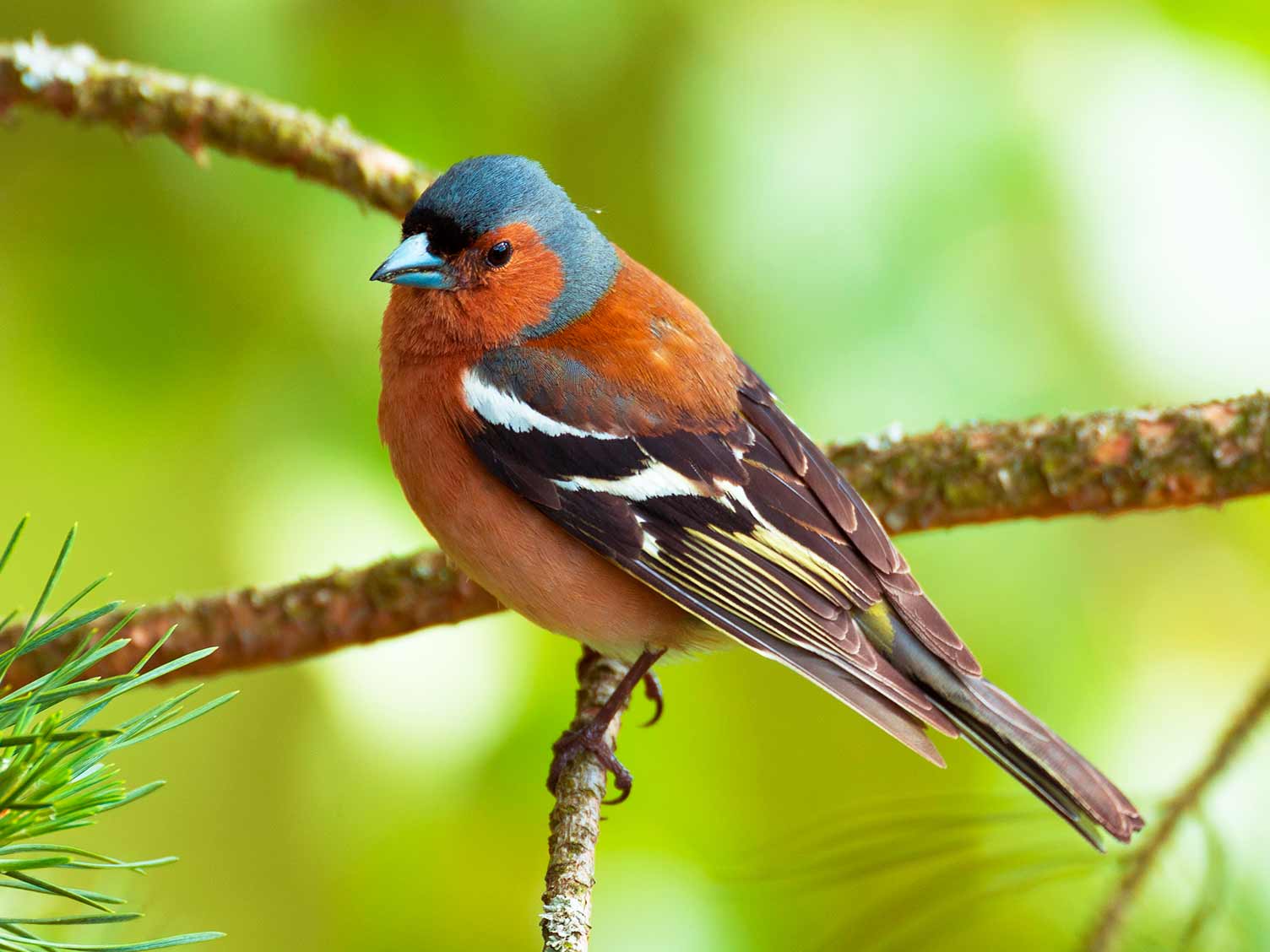
Everyone will recognise the Robin (particularly at this festive time of year). They also have the most beautiful song and are often one of the last birds you hear as dusk arrives. The robin’s companion at dusk is often the Blackbird aptly named – the male is indeed black but the female is brown.

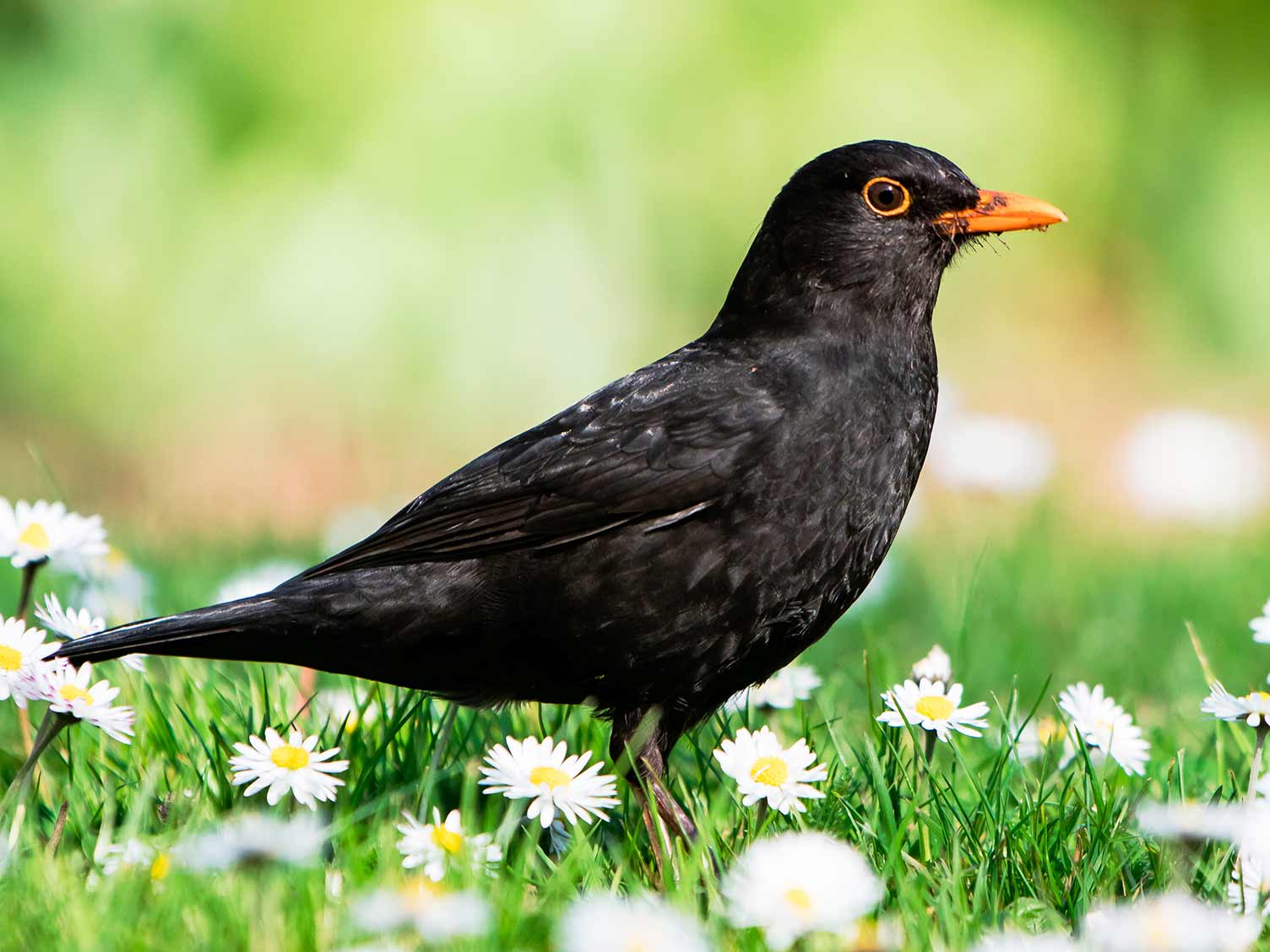
There is one other beautiful bird that I have often spotted on the ground – not under the feeder but out on Trew Lawn, the Green Woodpecker. An absolute corker of a bird and quite a bit bigger than its cousin the Great Spotted. The Green Woodpecker is ironically not often seen on the trunks of trees but instead spends most of its time on the ground eating ants.
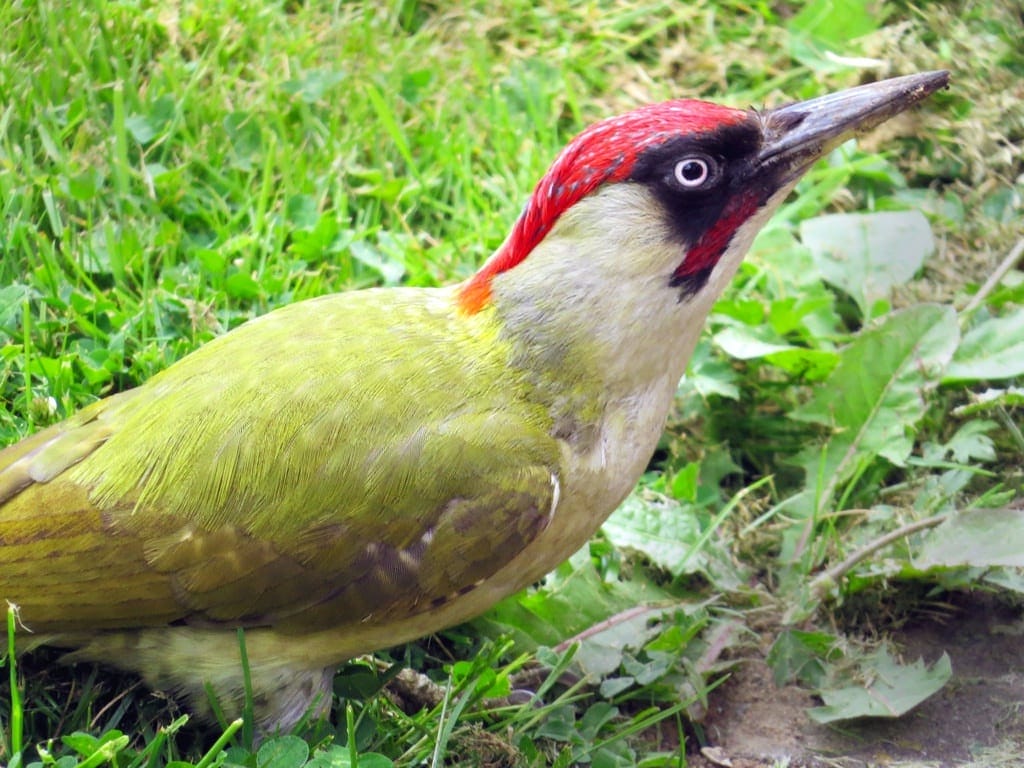
The largest bird I have ever seen under the feeder and in fact the largest bird I have ever since at Q is the Pheasant. A majestic bird with extraordinary plumage. The male is absolutely stunning but the female may be a little dull in comparison but in my humble opinion is beautiful too with delicate mottled brown colouring.
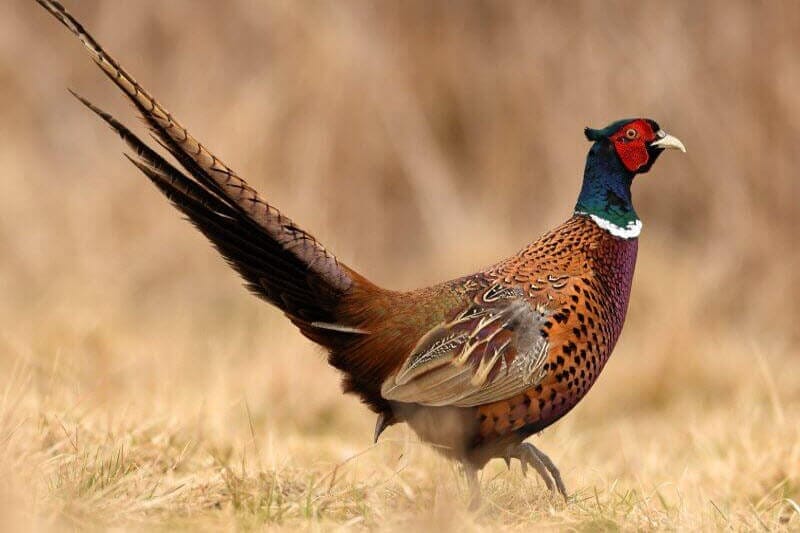
There is one downside of providing food for the birds because due to the way nature works, other birds take advantage of the food source but they are not interested in the peanuts but the birds themselves. The Sparrowhawk is one such predator. They have extraordinary flying skills and are extremely swift. They swoop across the area near the bird feeders in the hope of catching a little bird unawares. That is the law of nature I am afraid – the survival of the fittest. The healthy, strong birds will be alert enough and be able to fly away in time. But sadly on a few occasions some are not but you cannot be too sentimental about this - the Sparrowhawk has to survive and it needs food for its young.
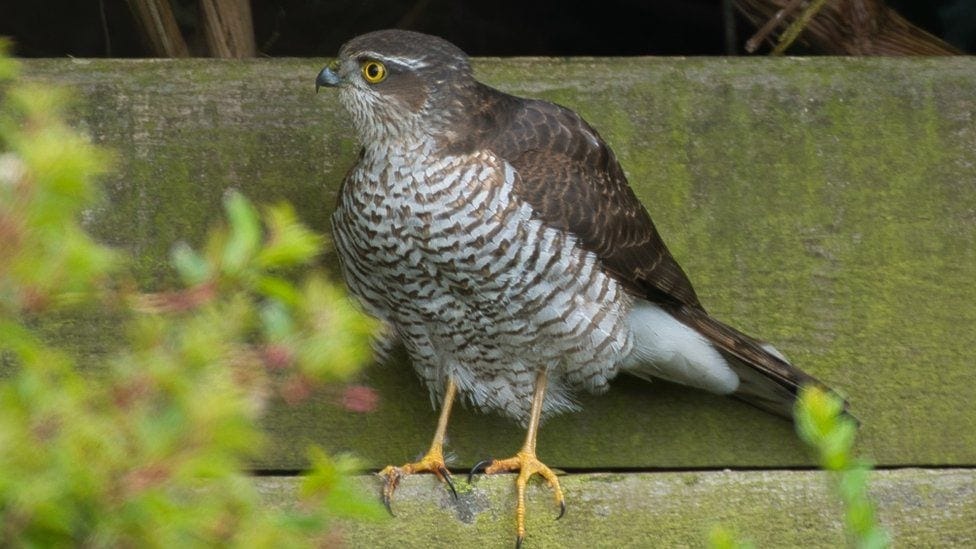
Other Birds Around Q
One of the cutest little birds is another favourite of mine – the Pied Wagtail. Yes, you’ve guessed it again, it does wag its tail. They are like little clockwork toys as they flit about on the ground wagging their tails tirelessly. The scientists do not know the reason why, but some suggest the wagging can distract predators but perhaps the purpose is just to be cute and to amuse me!
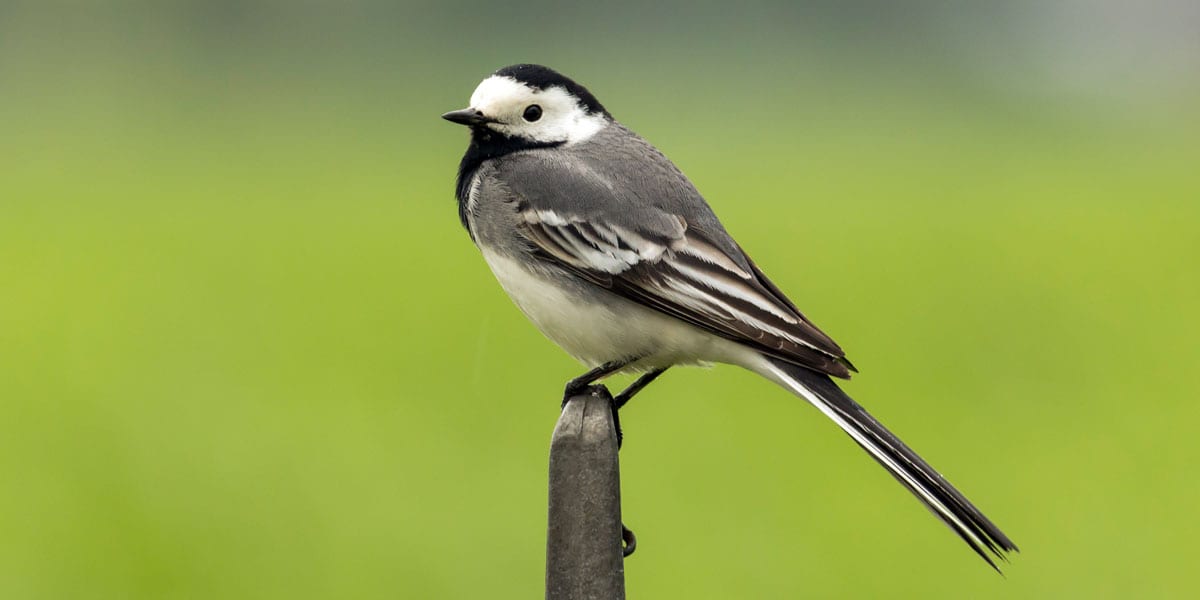
Another bird that used to be so common but sadly is declining in numbers is the Starling. They have very pretty iridescent plumage but their main claim to fame is their murmurations, when vast flocks of birds gather in the sky and produce remarkable displays of flying in synchrony that is absolutely extraordinary. I do recommend you look at the video clip below and use the full screen option. It is quite staggering and extremely hypnotising. The starling is also renowned for being a remarkable mimic and can pick up the songs of other birds in an amazing way.
Miss Langdon’s guide to the Birds of Queenswood will continue in the New Year.
